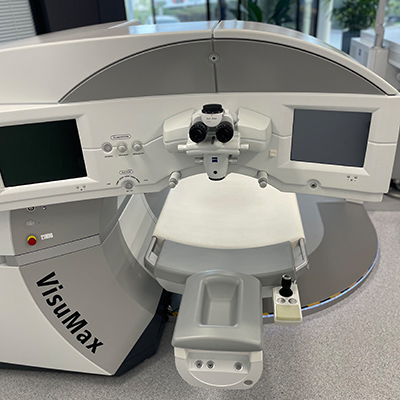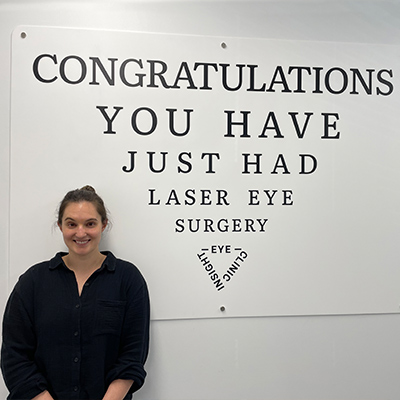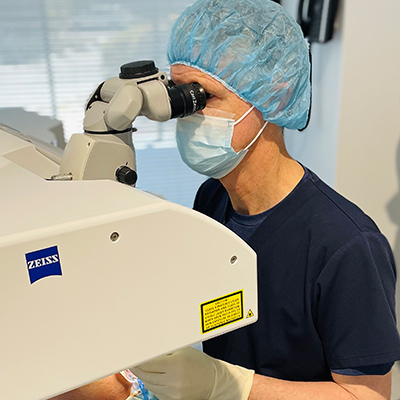Subconjunctival Haemorrhage
It is very common for patients to contact us when concerned about a sudden appearance of redness in the eye. This occurrence is most commonly labelled as ‘bloodshot’. What has happened?
This short video will explain exactly what a subconjunctival haemorrhage is, reasons they can occur and what to do if you happen to be the owner of one.
Subconjunctival haemorrhage’s appear as one or many red spots on the white of the eye. Our eyes contain lots of tiny blood vessels that can break. If they break, blood leaks between the conjunctiva and sclera (click on either to learn what these parts of the eyes are). This bleeding is the ‘bloodshot’ eye that you are seeing.
 Causes
Causes
Events such as sneezing, coughing, straining, vomiting and heavy lifting can cause a subconjunctival haemorrhage (SH). This is because all of these things cause a quick and brief rise in blood pressure. This brief raise in blood pressure can cause capillaries to break, thus causing the bleed. Trauma to the eye (a ball or being punched for ex.) and rubbing your eyes too hard can also cause capillaries to break.
Less common causes of SH are diabetes, high blood pressure, high cholesterol, anaemia, certain medications such as aspirin or other blood thinners, laser eye surgery, conjunctivitis and hemochromatosis, which is a condition that causes the body to absorb too much iron.
Various other rare events can cause SH. If you would like to learn more about these, click here.
Symptoms
In most cases, the only symptom will be the above mentioned redness / bloodshot that you see in the mirror. Occasionally, mild irritation is associated with the haemorrhage. You should NOT experience any floaters, change in vision, weeping or discharge from the eye. If you experience any of these symptoms in addition to the redness, please contact a health professional who can better advise you.
Is treatment required?
While it may look frightening, a subconjunctival hemorrhage is essentially harmless and on its own does not affect vision. Blood becomes trapped underneath the conjunctiva, much like a bruise. The blood naturally absorbs within one to three weeks and no treatment is required.
Treatment is rarely required and the red spots usually clear within one to three weeks following initial onset. Lab tests and imaging are not required although it is advisable to contact your GP, Optometrist or Ophthalmologist if you are concerned.
In addition, if the eye is feeling irritated, it is safe and recommended to use artificial tears aka lubricating eye drops. Some eye drops that contain preservatives may have the opposite desired effect and increase irritation. We recommend purchasing an eye drop that does not contain preservatives for this reason. You should follow the directions on the eye drop box as to how long you can use and store this upon opening.
When to worry
If your haemorrhage lasts longer than 3 weeks or if you experience a decrease or loss of vision from the effected eye. Also, if you are experiencing pain or a feeling of pressure in the effected eye that is persistent, we recommend you contact your GP, Optometrist or another form of eye specialist that can assist you.
Follow Us!

https://insighteye.com.au/get-amazing-vision-finevision-trifocal-intraocular-lenses/
https://insighteye.com.au/causes-dry-eyes-treat/
Insight Eye Clinic offers several surgical and non-surgical solutions for various eye related disorders. Visit our blog page to find out more about topics such as laser eye surgery and the most recent 3rd generation technique, SMILE laser eye surgery.







